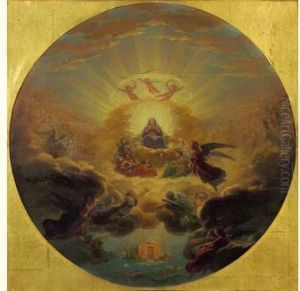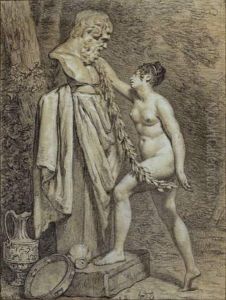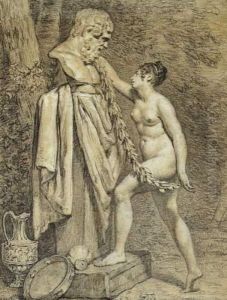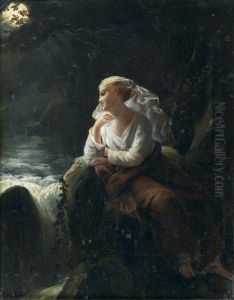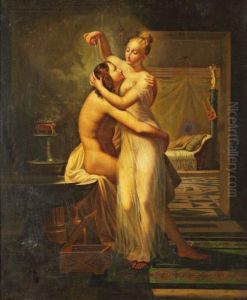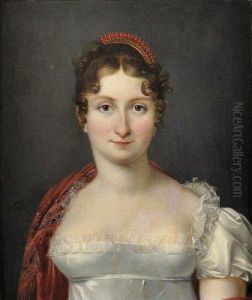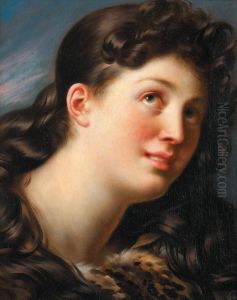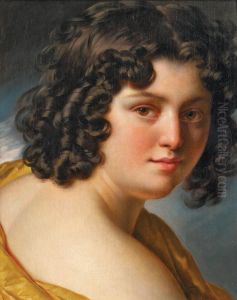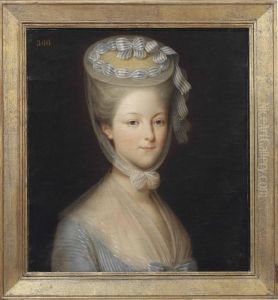Pierre Claude Fr. Delorme Paintings
Pierre Claude François Delorme, also known as Pierre Delorme, was a French painter born on February 15, 1783, in Paris, France. He was known for his historical paintings and portraits. Delorme received his artistic education at the École des Beaux-Arts in Paris, where he studied under the guidance of prominent artists such as Jacques-Louis David, who was a leading figure in the Neoclassical movement. David's influence is evident in Delorme's work, particularly in his attention to detail and the classical composition of his paintings.
Delorme's career unfolded during a period of significant political and social upheaval in France, which included the French Revolution, the rise and fall of Napoleon Bonaparte, and the Restoration of the Bourbon monarchy. These events provided a rich backdrop for Delorme's historical paintings, which often depicted scenes from French history with an emphasis on heroic and moral themes. He exhibited his works at the Paris Salon, the official art exhibition of the Académie des Beaux-Arts in Paris, and his paintings were well-received by critics and the public alike.
In addition to his historical subjects, Delorme was also a noted portrait painter. His portraits are characterized by their realism and psychological depth, capturing the likeness and personality of his subjects with sensitivity and skill. Delorme's clientele included members of the French aristocracy and upper middle class, who sought his services to commemorate their status and achievements.
Despite his success, Delorme's work is less known today compared to that of some of his contemporaries. Nevertheless, his paintings can be found in various museums and art collections in France and around the world. Delorme continued to paint throughout his life until his death on March 28, 1859, in Paris. His legacy is that of a skilled painter who captured the essence of his time through the lens of Neoclassicism and contributed to the rich tapestry of French art history.
